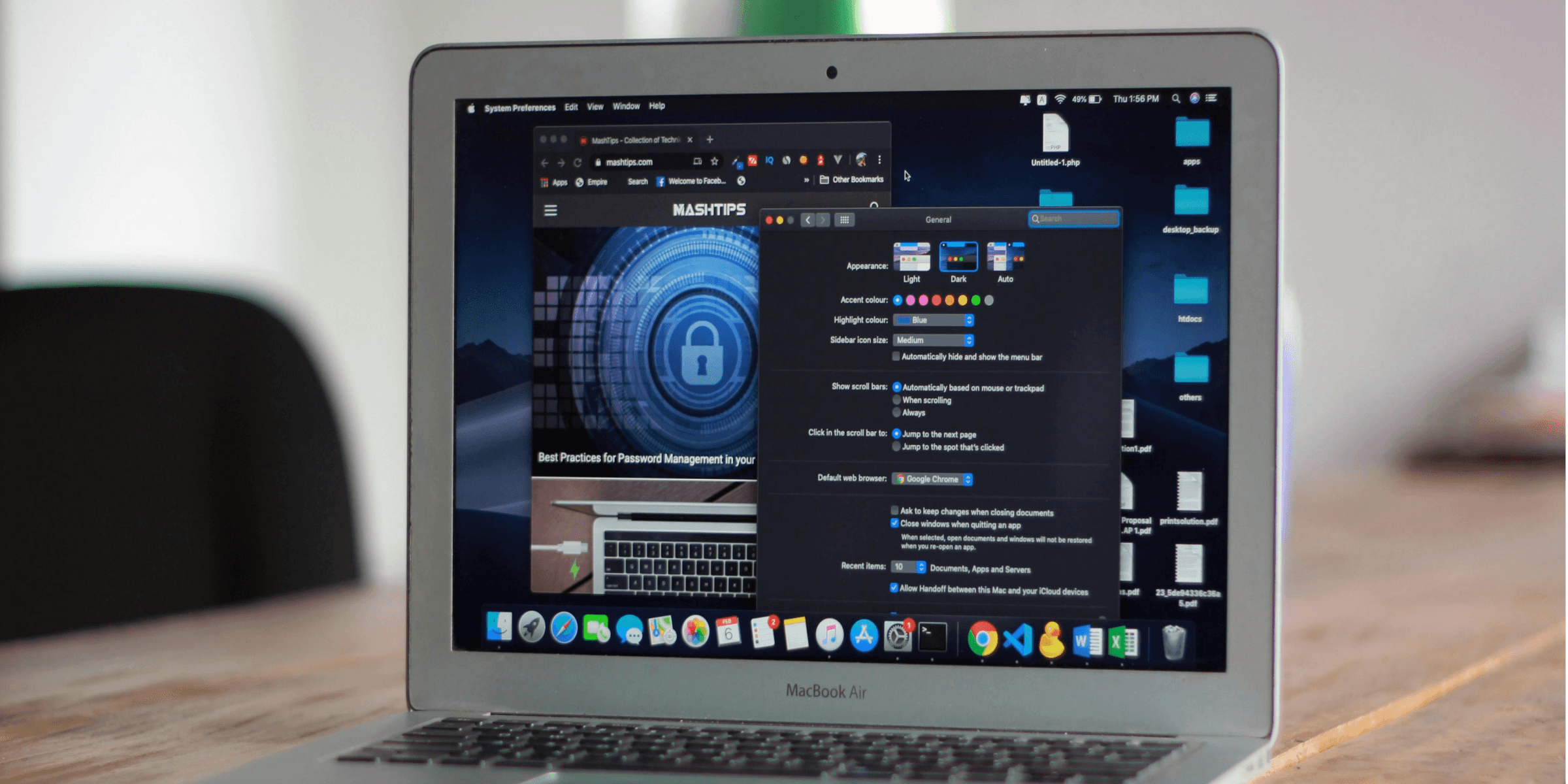Security Considerations for Micro Frontends: How to Keep Your Application Safe

In the modern era of web development, micro frontends have emerged as a powerful architectural pattern for building scalable and maintainable web applications. However, like any other technology, micro frontends come with their own set of security challenges. From Cross-Site Scripting (XSS) to Cross-Origin Resource Sharing (CORS), ensuring the security of your micro frontend application is paramount. Let's delve into the key security considerations and explore effective strategies to mitigate risks.
Understanding the Security Landscape of Micro Frontends
1. Cross-Site Scripting (XSS) Vulnerabilities
XSS attacks occur when malicious scripts are injected into a web application, typically through user input fields or unvalidated data. With micro frontends, the risk of XSS vulnerabilities increases as multiple independently developed components come together to form a cohesive user interface.
2. Cross-Origin Resource Sharing (CORS) Policy
Micro frontends often involve fetching resources from different origins. CORS policies dictate which external resources a web page can access and how it can interact with them. Misconfigurations in CORS policies can lead to security loopholes, allowing unauthorized access to sensitive data.
3. Data Leakage between Micro Frontends
In a micro frontend architecture, different components may handle distinct parts of the application's functionality. However, inadequate isolation between micro frontends can result in unintended data leakage, where one component gains unauthorized access to another component's data.
Best Practices for Securing Micro Frontend Applications
1. Input Validation and Sanitization
Implement rigorous input validation and sanitization mechanisms across all micro frontend components. Sanitize user inputs to prevent XSS attacks by encoding or escaping special characters. Utilize libraries like DOMPurify to sanitize HTML inputs effectively.
2. Content Security Policy (CSP)
Enforce a strict Content Security Policy (CSP) to mitigate the risks of XSS attacks. CSP allows you to define a whitelist of trusted sources for scripts, stylesheets, and other resources, thereby restricting the execution of potentially harmful scripts injected by attackers.
3. Cross-Origin Resource Sharing (CORS) Configuration
Configure CORS policies appropriately to control cross-origin requests and prevent unauthorized access to resources. Set up CORS headers on your server to specify which origins are allowed to access your micro frontend components and restrict unnecessary cross-origin communication.
4. Encapsulation and Sandboxing
Leverage encapsulation techniques such as Web Components or iframe sandboxing to isolate individual micro frontend components from each other. Encapsulating components within iframes can prevent data leakage and mitigate the impact of security breaches by containing them within their respective sandboxes.
5. Regular Security Audits and Penetration Testing
Conduct regular security audits and penetration testing to identify and address vulnerabilities in your micro frontend application. Perform code reviews, vulnerability scans, and automated security testing to proactively detect and remediate security issues before they are exploited by attackers.
Conclusion
While micro frontends offer numerous benefits in terms of scalability, agility, and maintainability, they also pose unique security challenges that require careful consideration and proactive mitigation strategies. By understanding the security landscape of micro frontends and implementing best practices such as input validation, CSP enforcement, CORS configuration, encapsulation, and regular security audits, you can keep your application safe and secure in the face of evolving threats. Remember, security is not a one-time effort but an ongoing commitment to safeguarding your micro frontend architecture against potential risks.
Consult us for free?
View More


